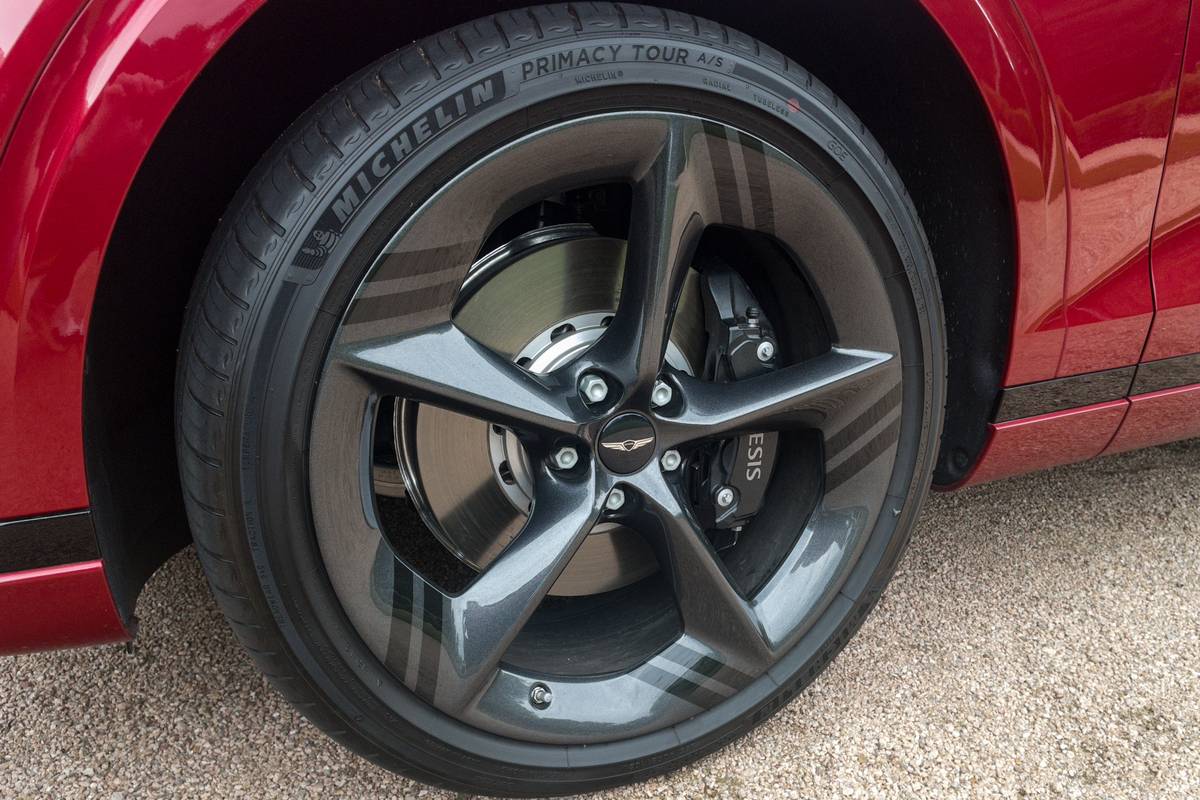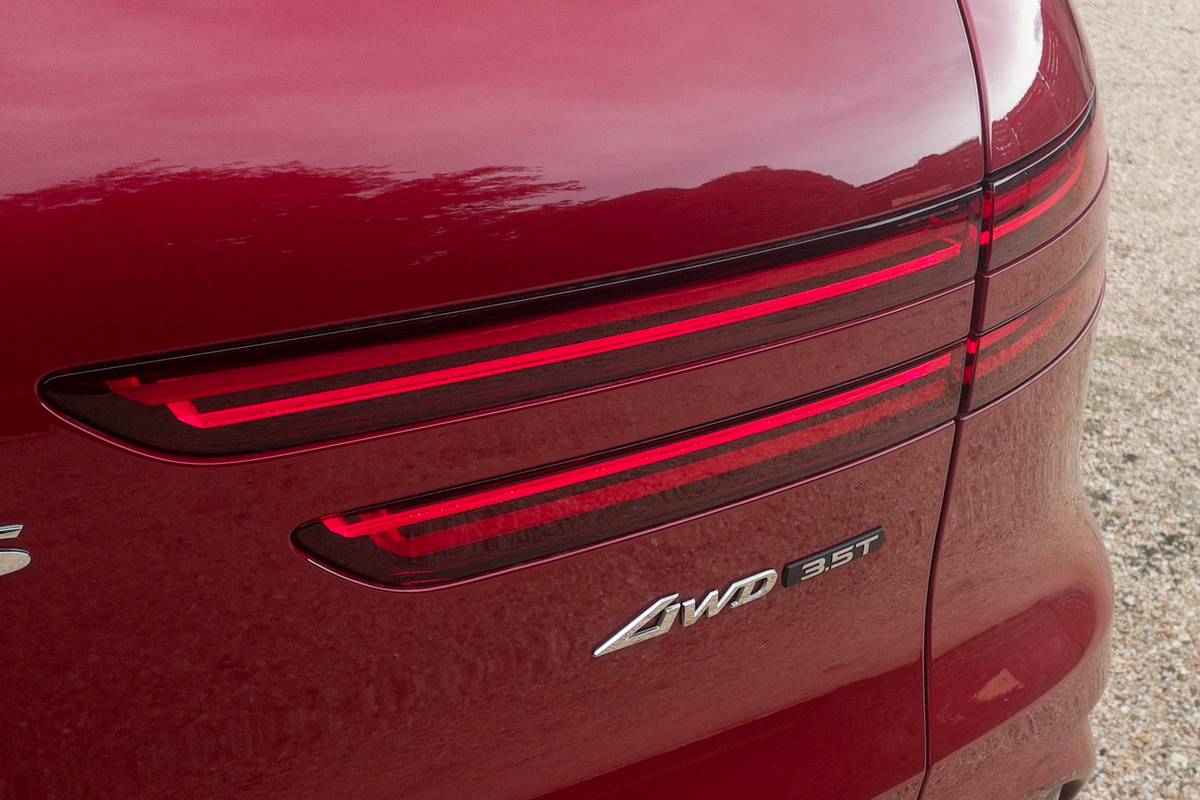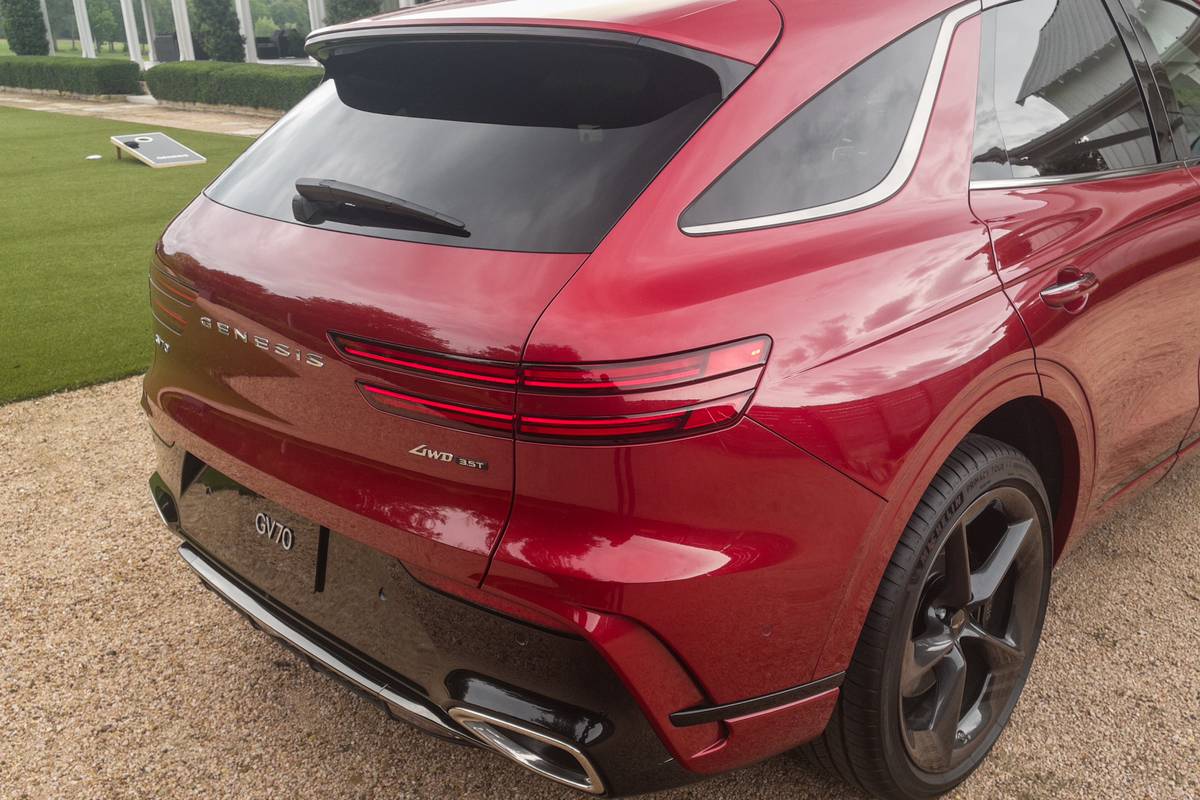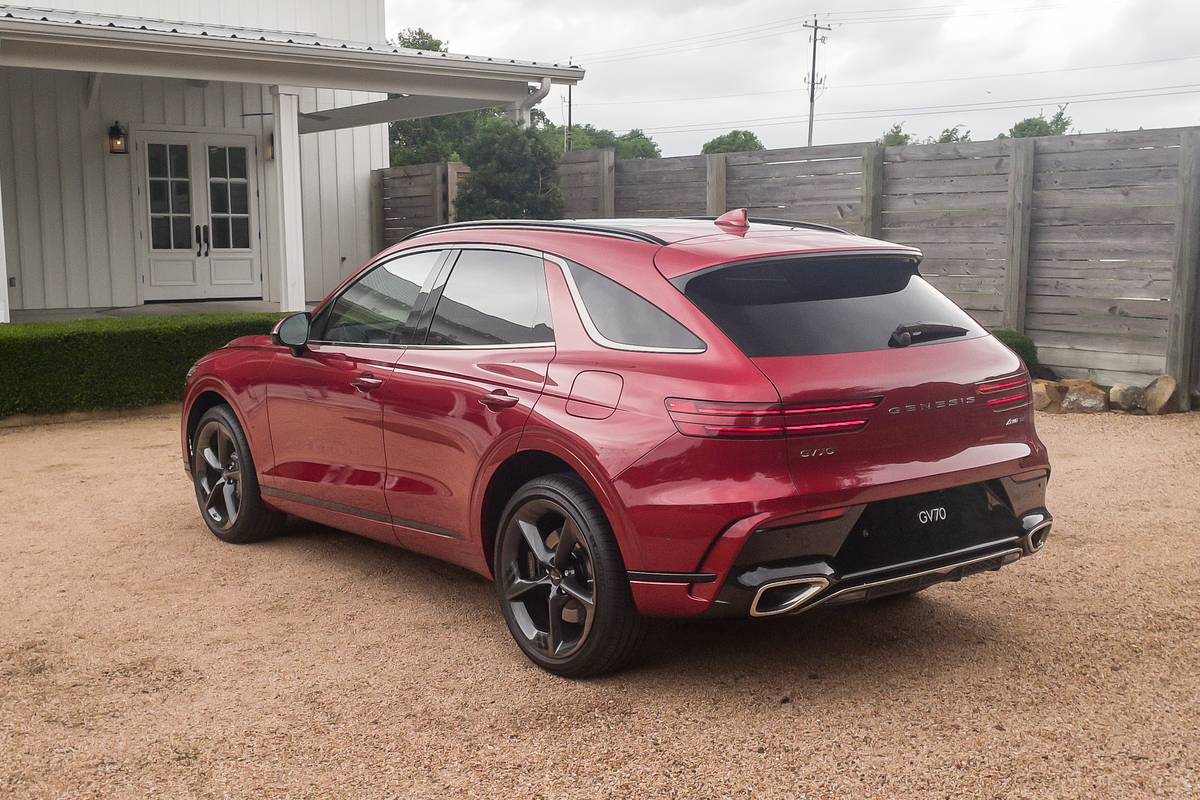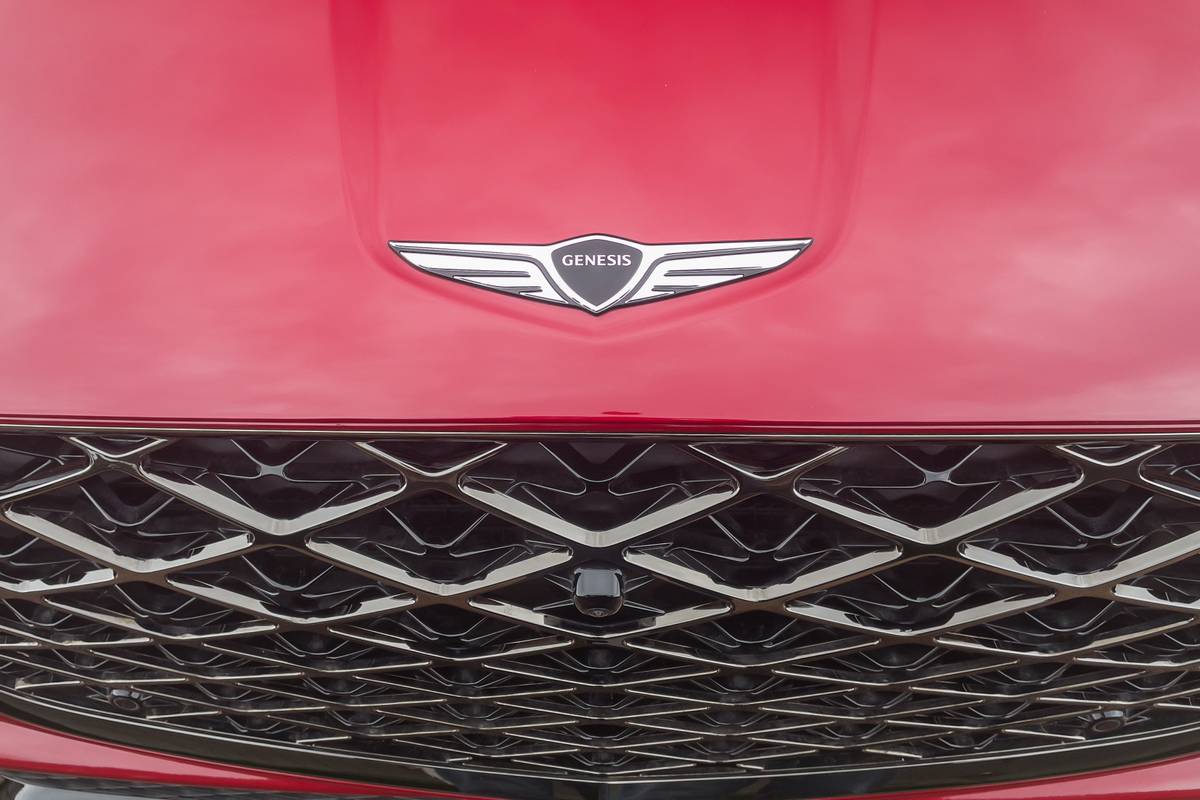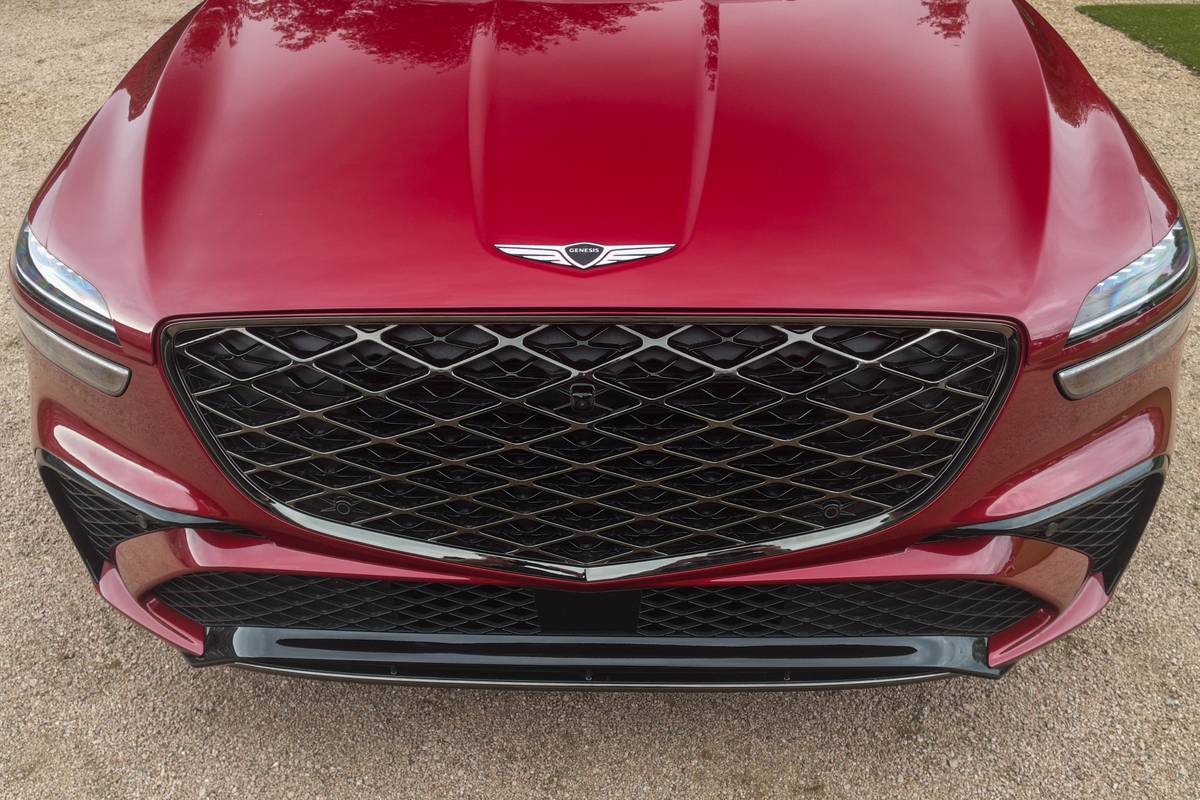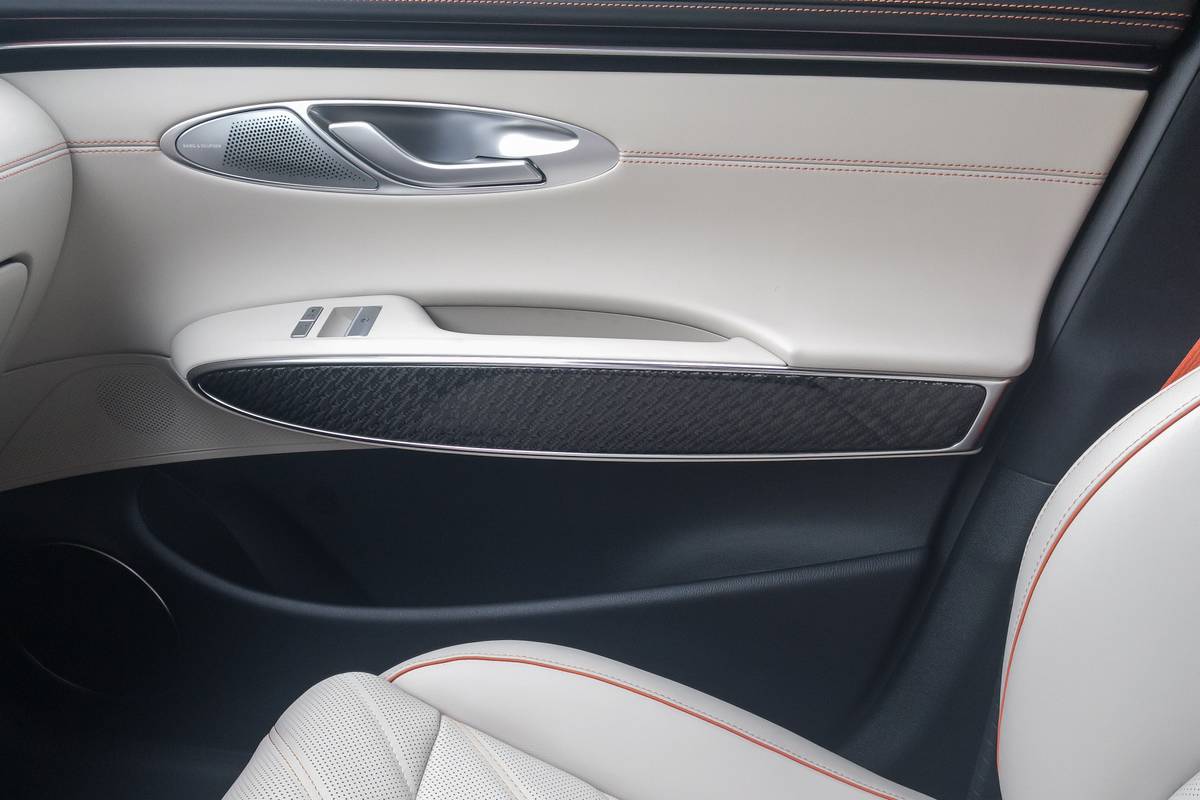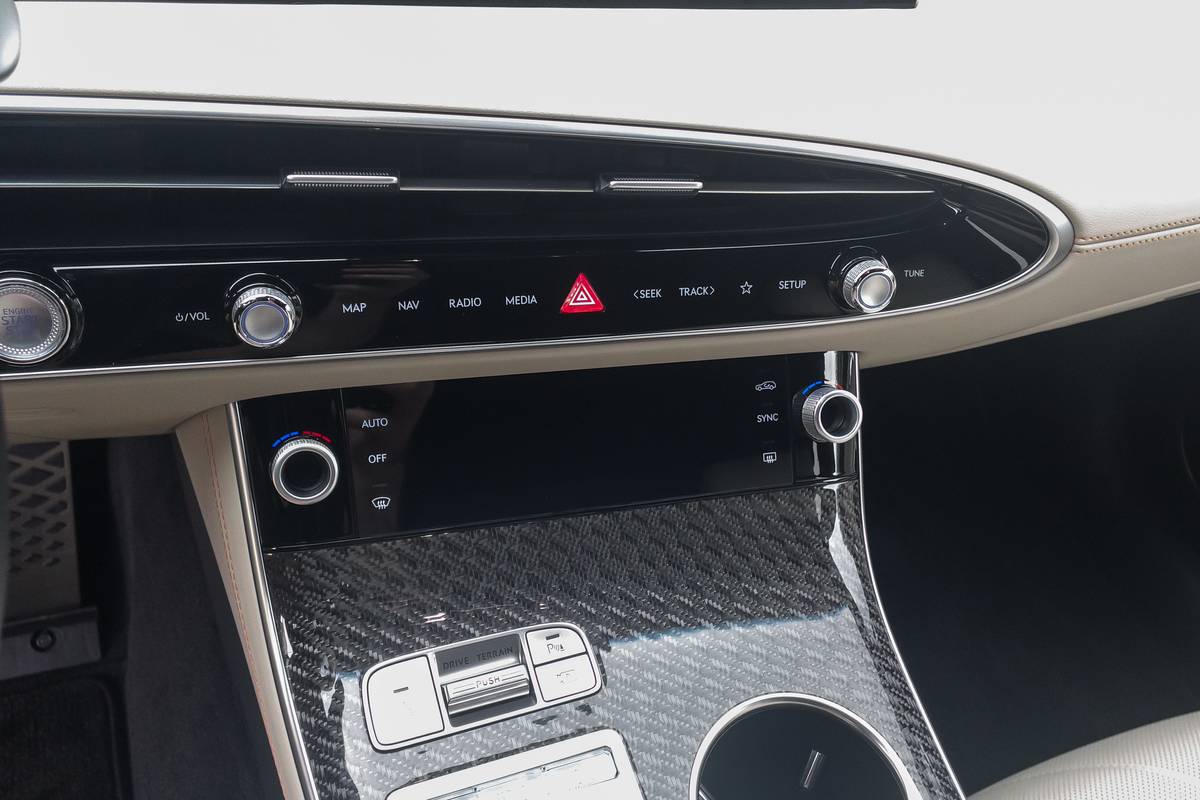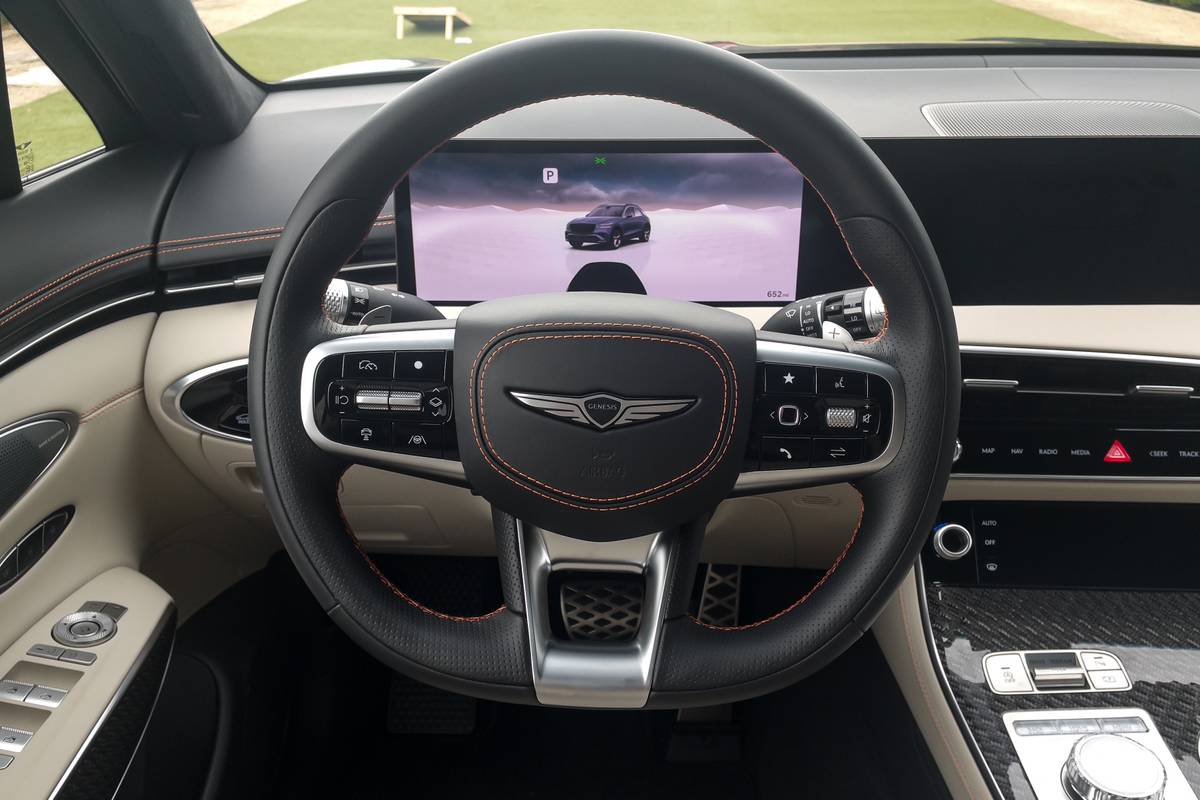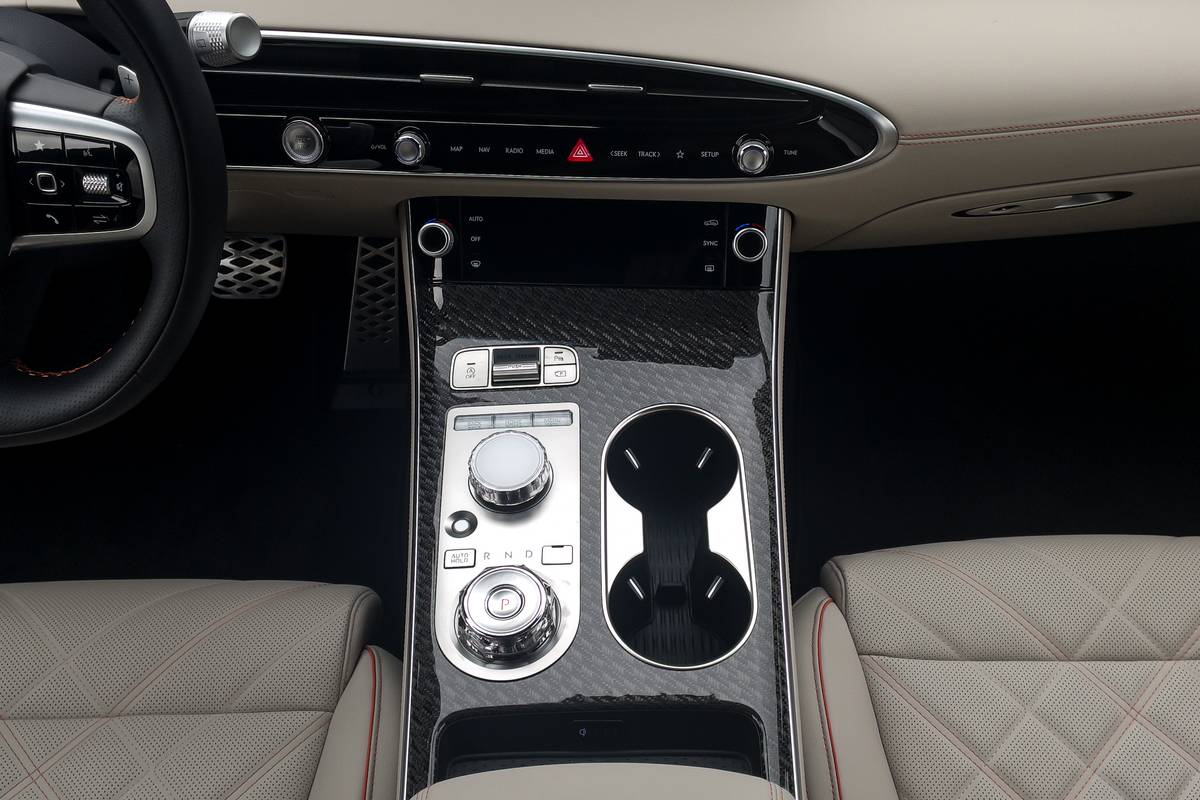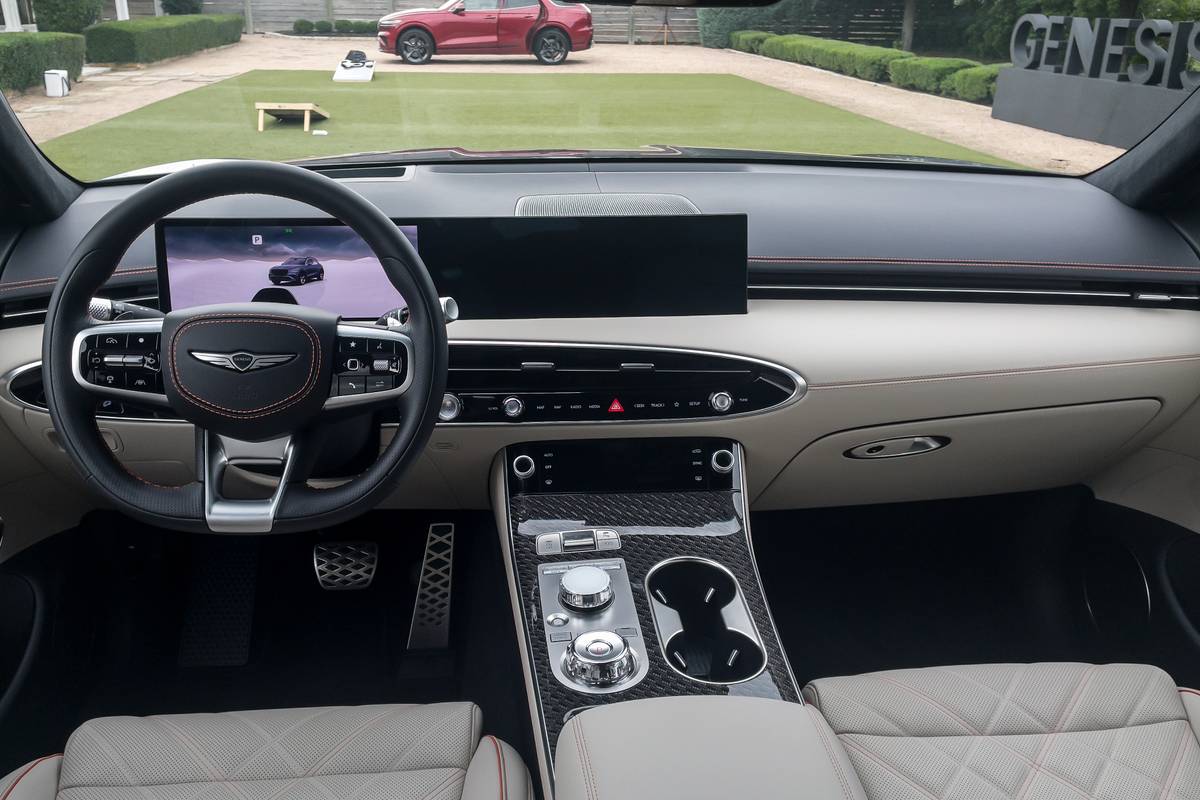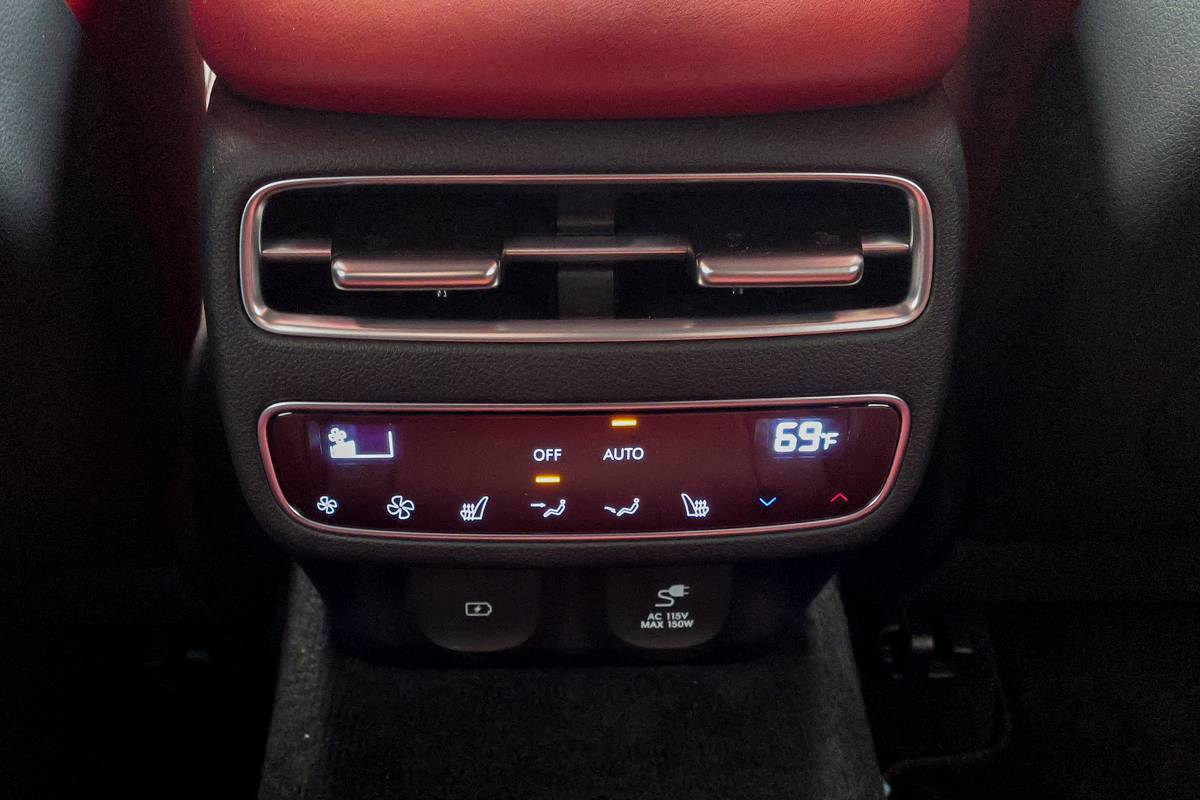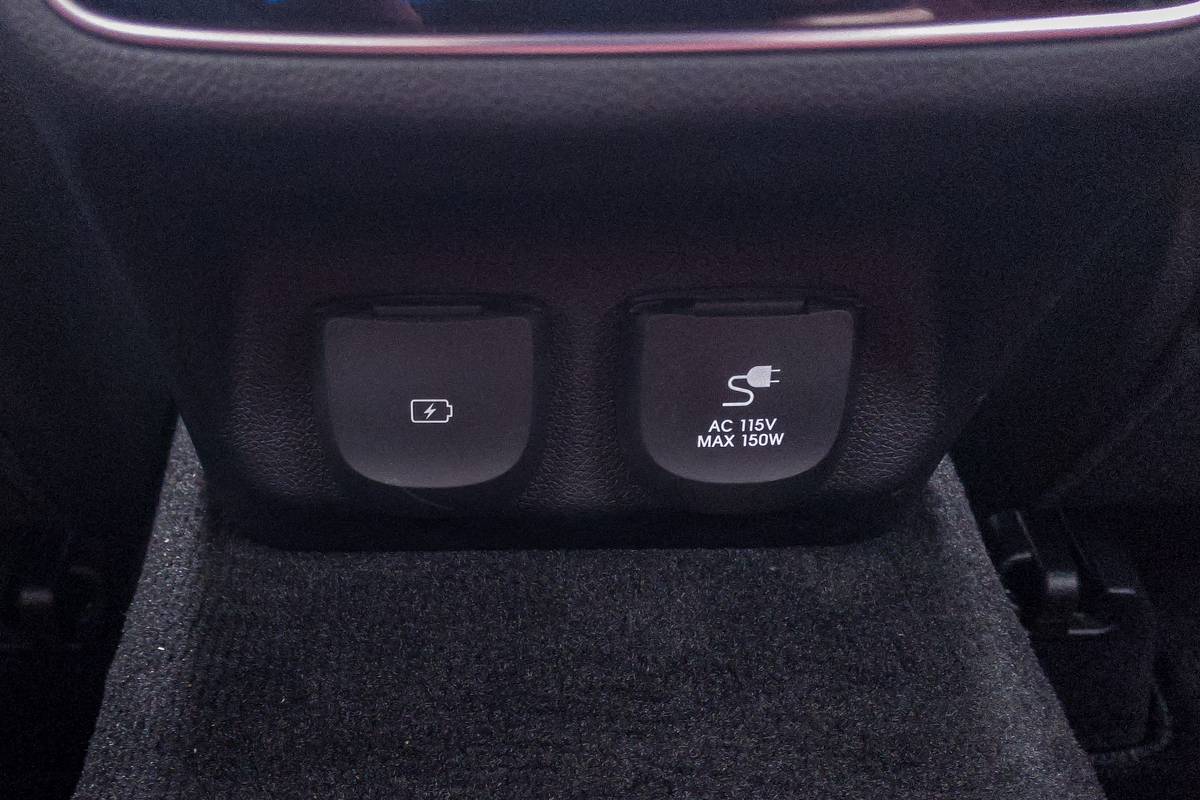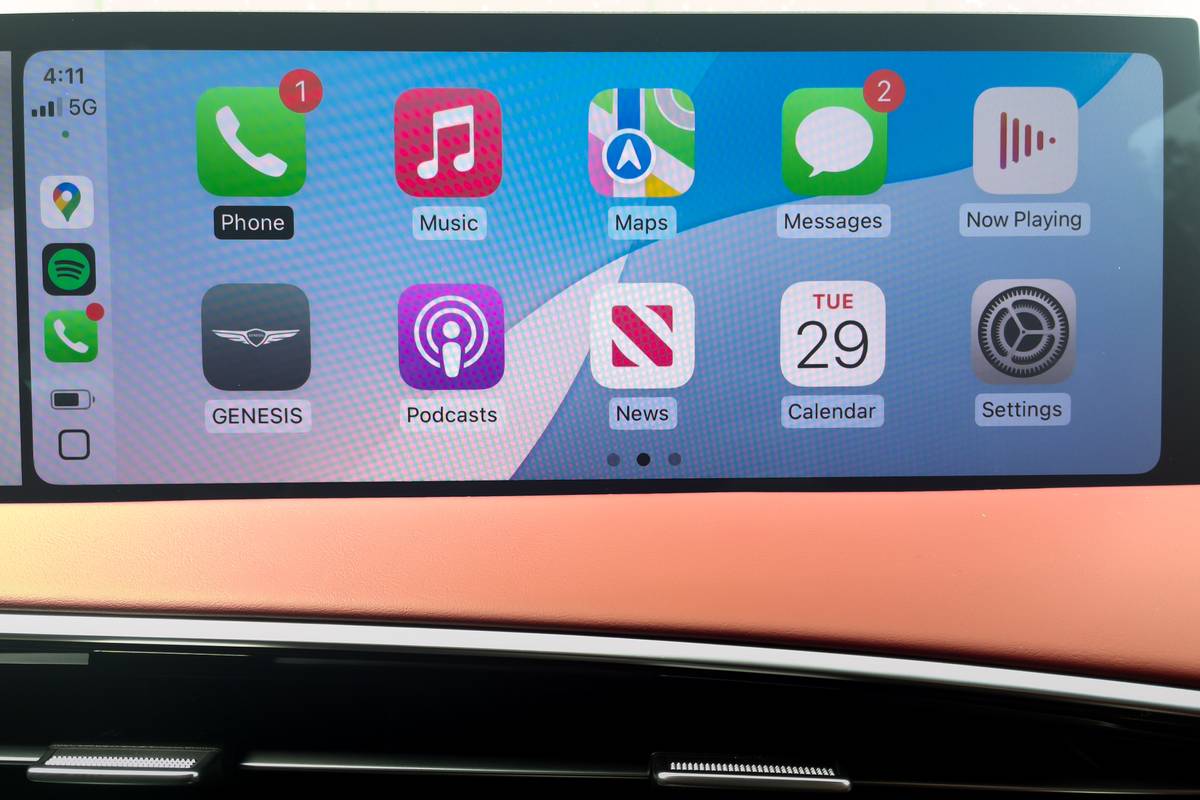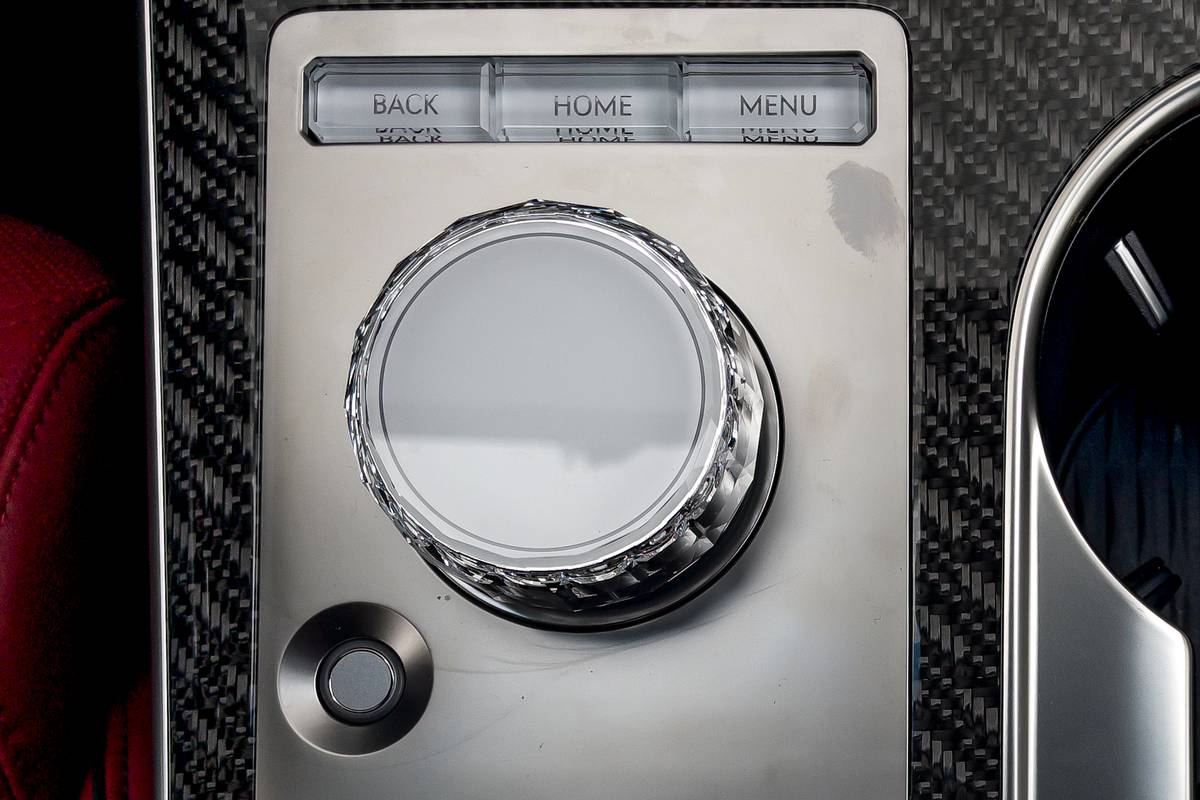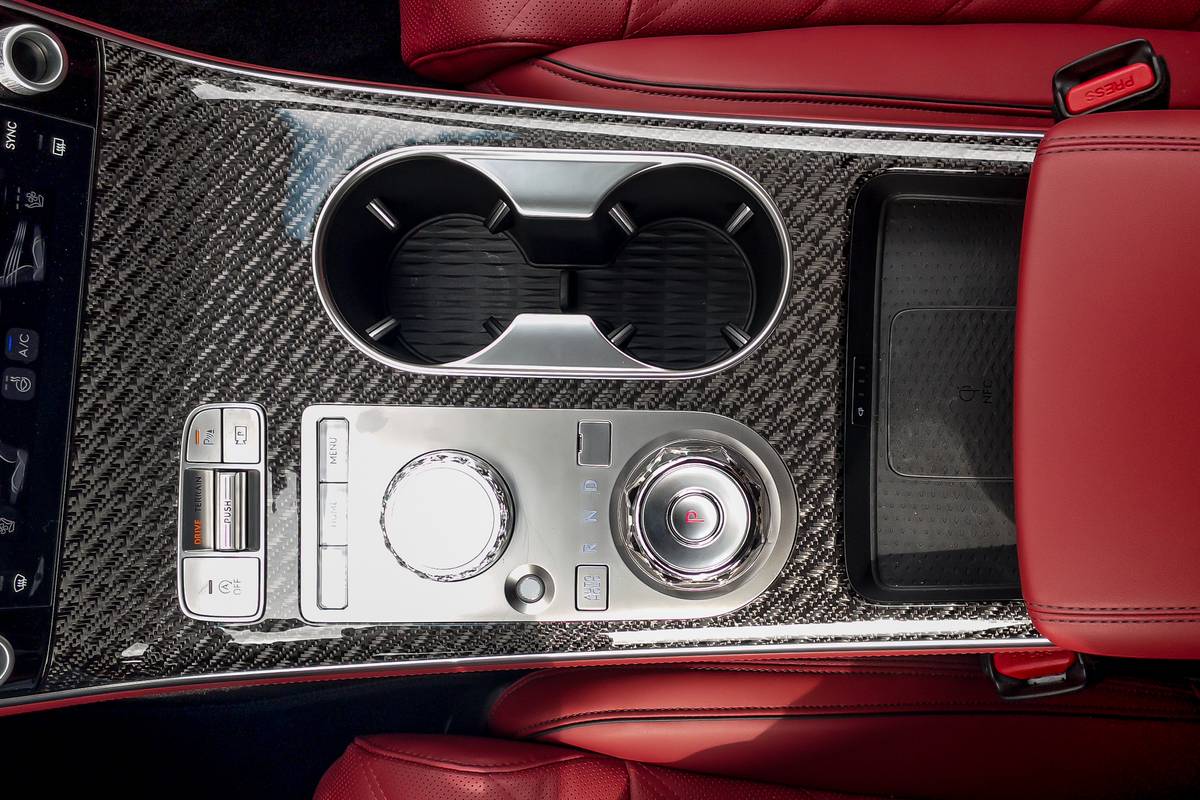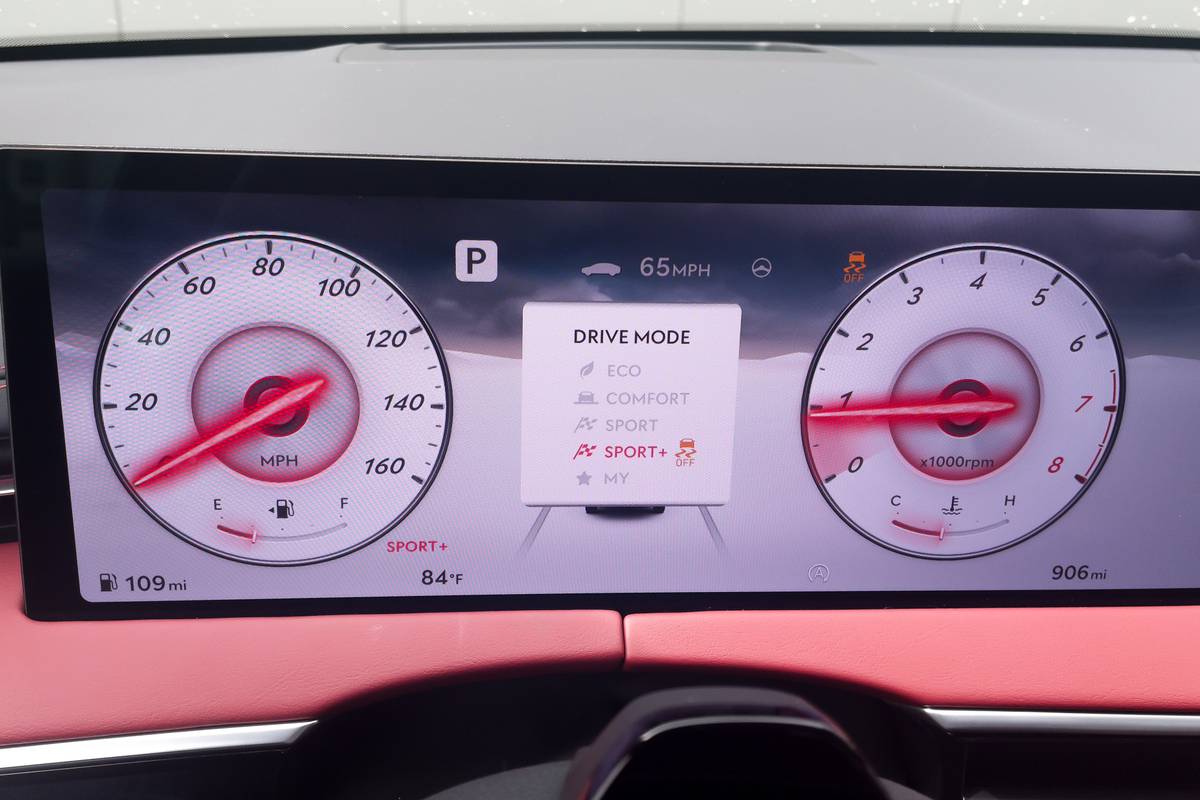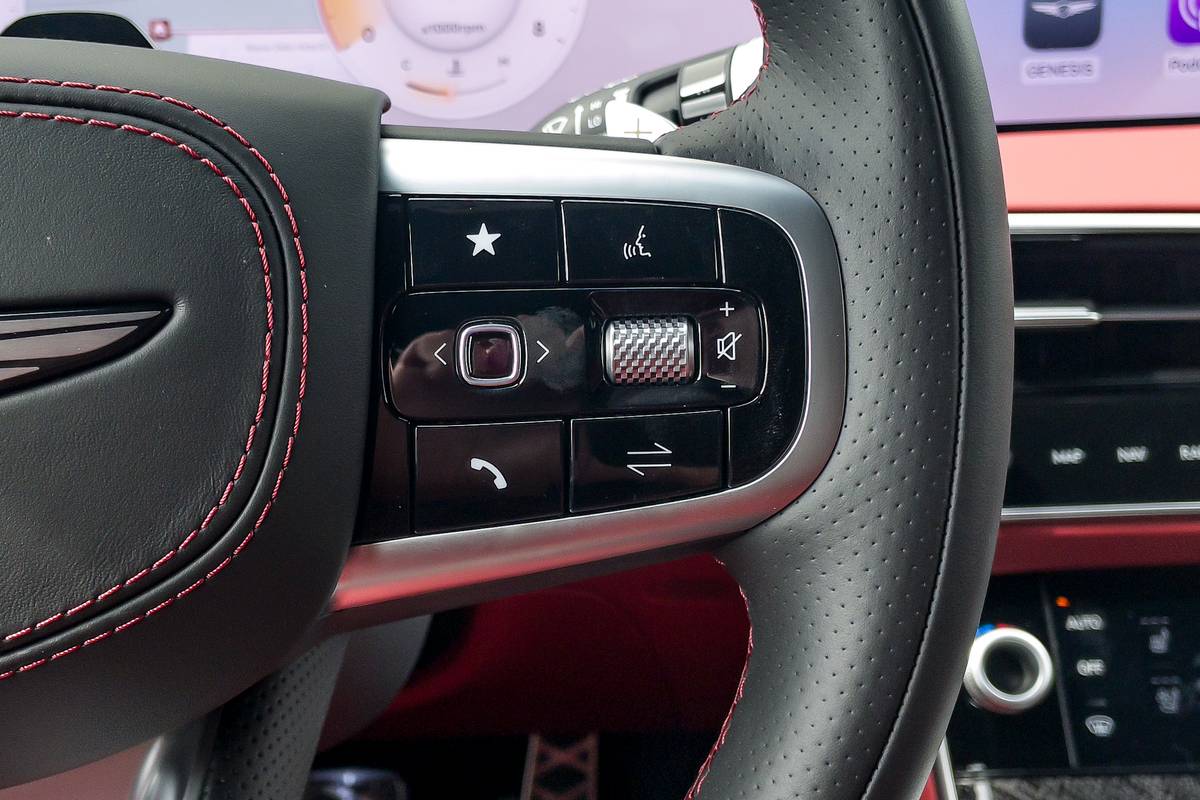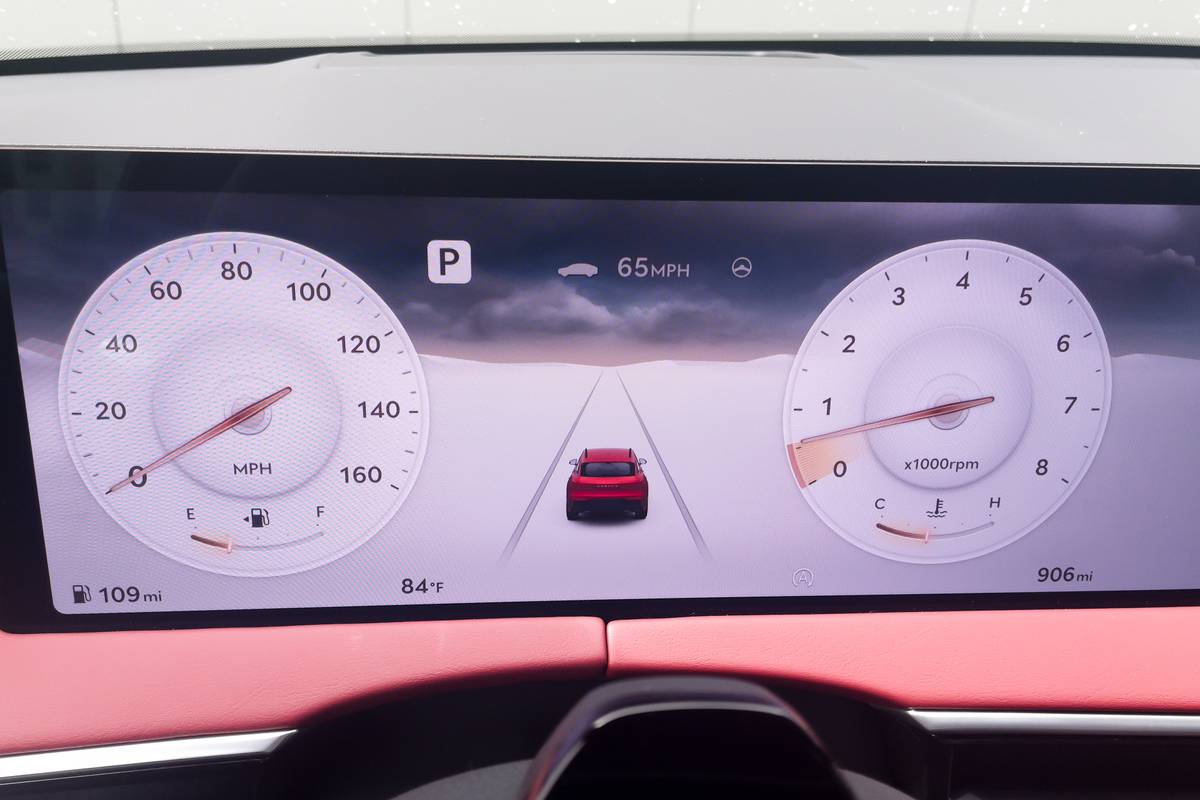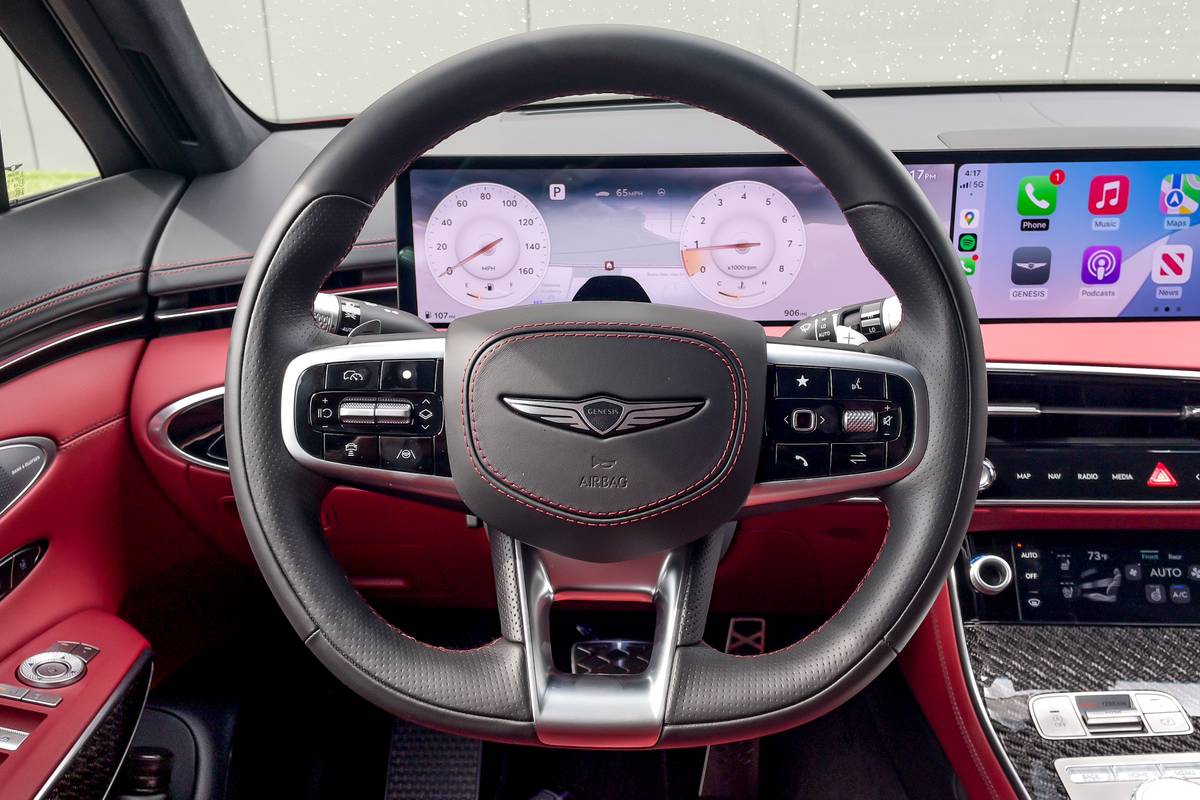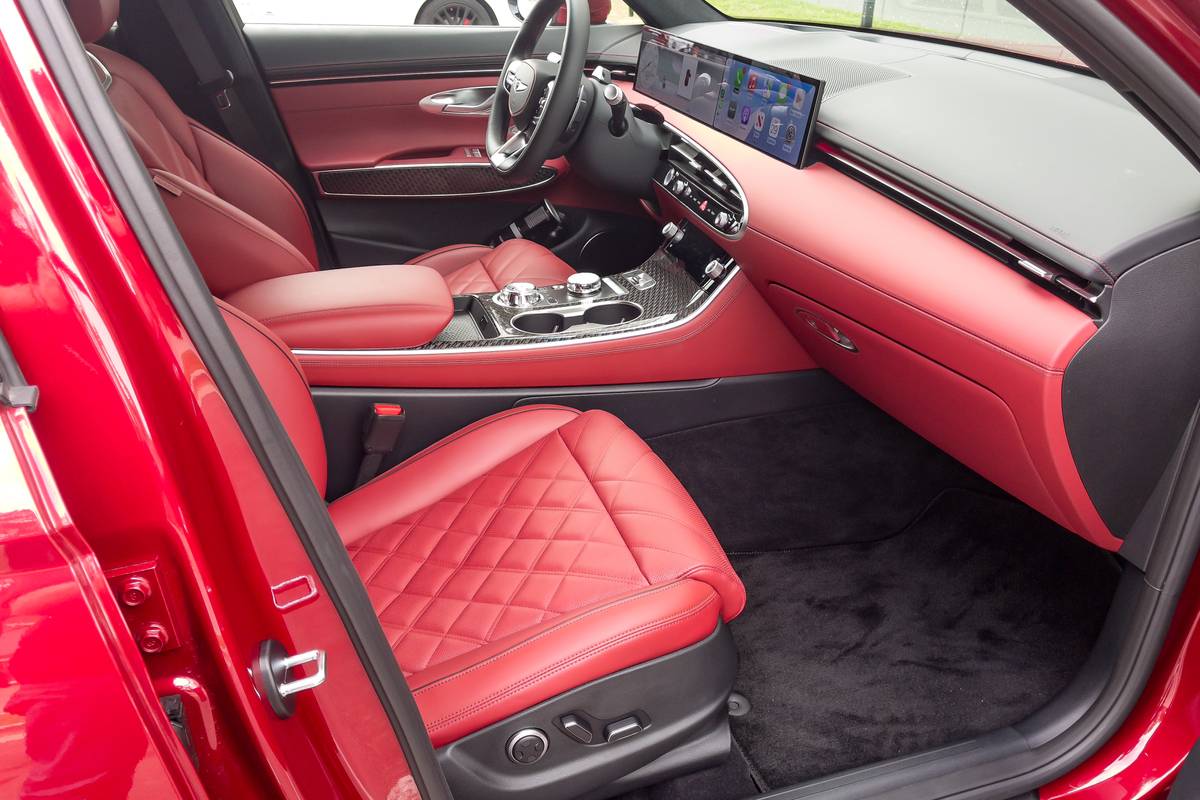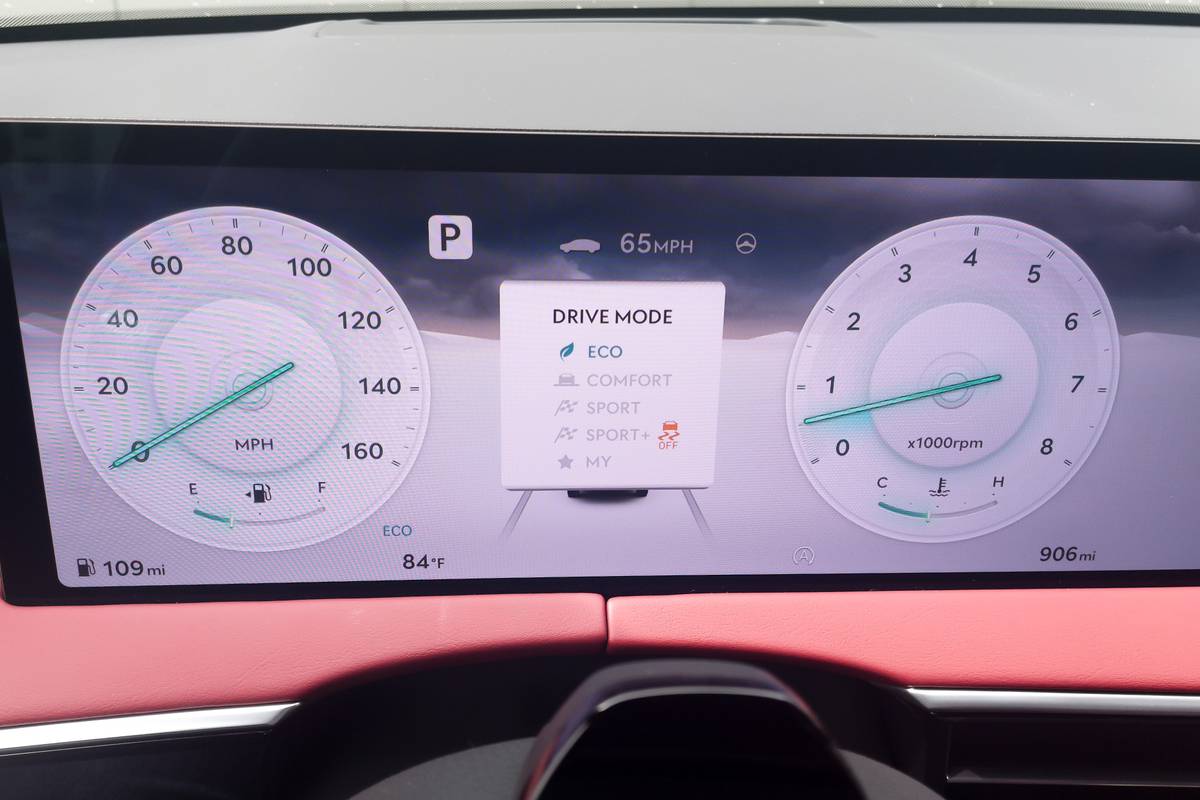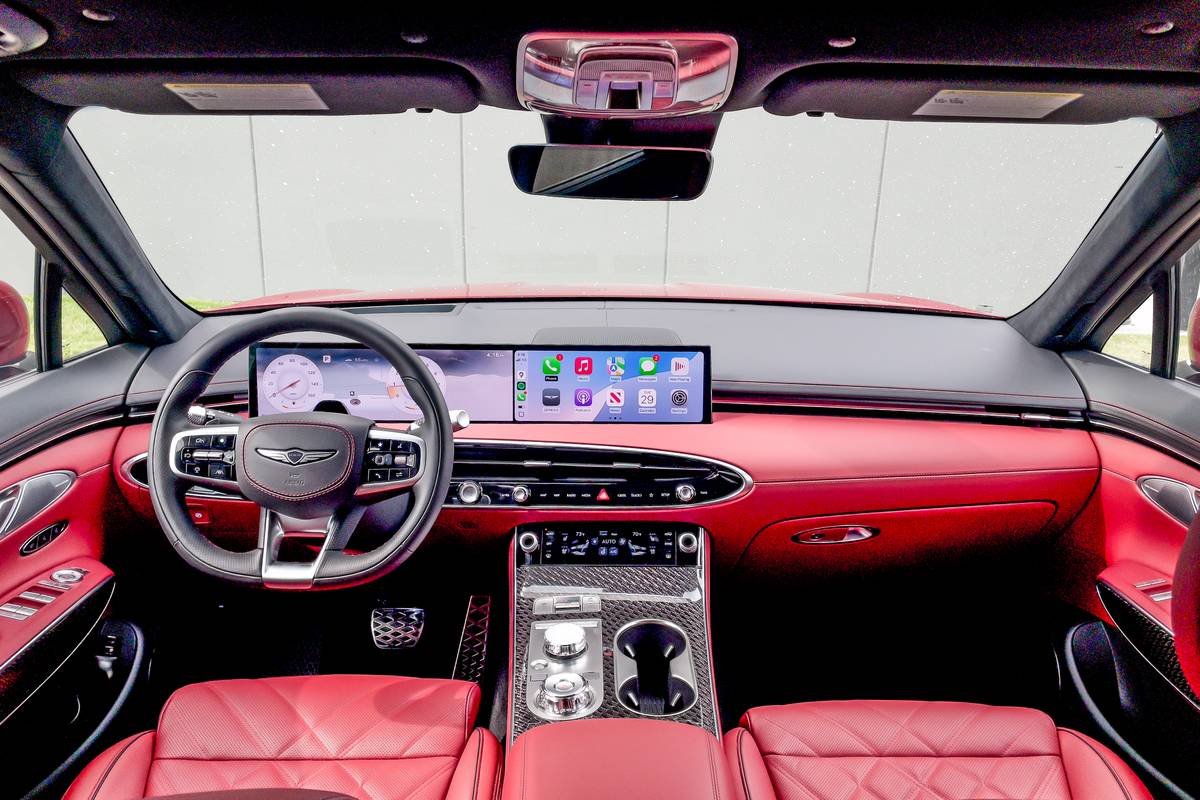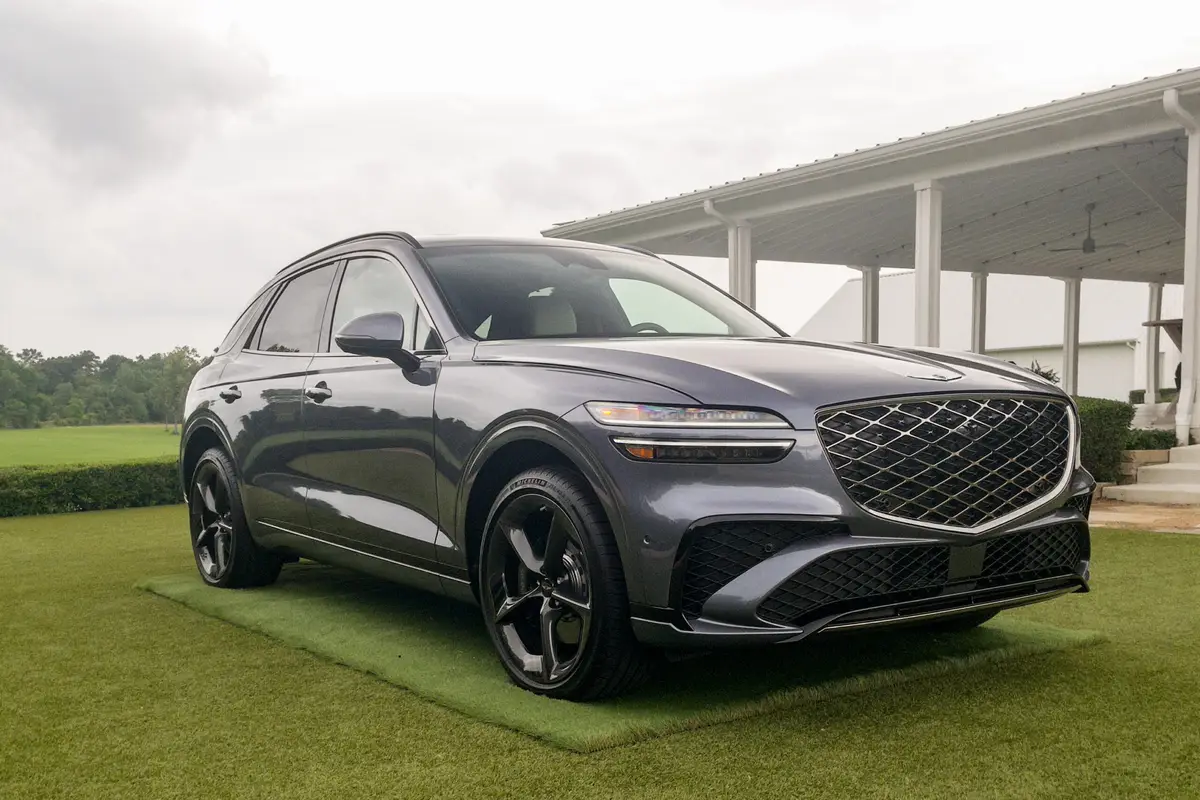
Is the Genesis GV70 a Good Luxury SUV?
- The updated 2026 Genesis GV70 doesn’t do much to mess with an already successful formula. It pairs a luxurious interior with driving fun that may be second only to the G70 sedan in Genesis’ lineup.
How Does the Genesis GV70 Compare With Other Luxury SUVs?
- In its most powerful and best-equipped 3.5T Sport Prestige guise, the 2026 GV70 is competitive with the likes of the Audi SQ5, BMW X3 M50 and Mercedes-AMG GLC43 in terms of interior quality and space, performance and pricing.
For automakers, updating the bestselling vehicle in their lineup is a risky proposition — especially in the case of the Genesis GV70, which represents more than a third of all Genesis vehicles sold in 2024 (and that’s not counting the Electrified GV70, either). It’s not surprising, then, that the updated 2026 GV70 is nearly indistinguishable from previous model years in both looks and performance. That’s not to say it’s identical; rather, many of the changes are subtle refinements under the skin.
Related: Genesis GV70 and Electrified GV70 Compact SUVs Refreshed for 2026
I traveled to Houston recently to sample the new 2026 GV70 and see if it’s just as good as it was when it debuted as a 2022 model (per Cars.com’s ethics policy, we pay for all travel and lodging when attending such manufacturer-sponsored events).
How Does the 2026 Genesis GV70 Drive?
I only got to sample the finest vintage of 2026 GV70 — the fully loaded 3.5T Sport Prestige. This gets you a twin-turbocharged 3.5-liter V-6 engine that makes 375 horsepower and 391 pounds-feet of torque; that’s exactly what the previous GV70’s 3.5-liter V-6 made. The results are about the same, too. There’s some lag between stepping on the accelerator pedal and actual acceleration, but the lag time can be shortened by changing the drive mode. Sport Plus provides the sharpest response, while Eco has the most relaxed. A customizable My Mode lets drivers pick and choose from multiple powertrain, steering and suspension settings to dial in the driving experience to their liking.
Suspension updates and refinements both physical (like new hydro bushings) and technological (like revised body control software) combine to create a smoother and more comfortable ride, according to Genesis. After driving it around the Houston area, I would say the 2026 GV70 is comfortable enough for a sporty compact SUV, but without driving it back to back with the previous generation, I can’t say it’s noticeably more comfortable. Similar enhancements to noise reduction should also make for a quieter ride — and, again, this GV70 does a good job of minimizing road, wind and tire noise, though how much better it is than before is nebulous. I did complain about the 21-inch wheels on the previous generation producing impact harshness but didn’t notice a glaring amount of that on this drive, so there’s at least one verifiable improvement in the driving experience.
Genesis also updated the steering for improved heft and feel, and to reduce “road-induced feedback.” It also gave the Sport variants a new flatter-bottomed steering wheel. This is another instance of incrementally improving what was already a strength, but the sharp and communicative steering certainly adds to the fun and makes the GV70 feel close to the sporty G70 sedan in terms of performance.
New selectable terrain-specific driving modes are one of the most obvious changes to the GV70. The Snow mode feels like the most useful to the broadest range of drivers, but Mud and Sand seem likely to go unused. If you’re taking your GV70 off-road, you’ve likely taken a wrong turn.
How Nice Is the 2026 Genesis GV70’s Interior?
Inside the GV70, the elliptical design elements are still present, but they contrast with the new 27-inch organic light-emitting diode display that’s used for both the digital instrument panel and the center touchscreen. It sits atop the dash and is glaringly rectangular, distracting from the rounded shapes throughout the cabin. The graphics themselves are crisp, the software is responsive, and the menus and controls are intuitive. However, I’m not a big fan of the flat-panel gauge cluster design, and the steering wheel can block elements of it depending on its position and the driver’s seating position, but at least the whole thing might impress technophiles.
Interior materials quality is excellent in the front and rear seating areas, and almost as important, it can be fun. The showpiece interior for the 2026 GV70 is Ultramarine Blue upholstery with orange stitching and seat belts, but the Sevilla Red and Obsidian Black interior I spent most of my time in was just as gorgeous — and maybe about as understated as a bright-red Nappa leather interior can be.
The backseat is still cramped, with minimal legroom and headroom, and carrying four adults in the car will likely require some negotiation when it comes to the position of the front seats. The lack of rear legroom is made worse by the hard plastic backs of the front seats, which are not forgiving when your knees smack into them. The backseat does at least recline for improved comfort, but that’s a small mercy.
More From Cars.com:
- 2026 Genesis GV70, Electrified GV70 Up Close: Squint a Little Harder, Maybe
- Best Luxury Car of 2025
- 2025 Genesis GV80 Coupe Review: Elegance and Spice Make Everything Nice
- Is the 2025 Genesis GV80 a Good SUV? 5 Pros, 2 Cons
- Find a 2026 Genesis GV70 for Sale Near You
Is the 2026 Genesis GV70 Worth Its Price?
Unlike the G70, the GV70 was never as much of a bargain compared with its mostly German rivals. But this iteration feels even more refined and equal to what’s sold by more storied luxury brands, so a comparable price isn’t a deal breaker. That’s good because the 3.5T Sport Prestige crests the $70,000 mark, which is a lot to swallow for a fairly small SUV, even if it is fun to drive. Where the GV70 still falls short — for now, anyway — is in the lack of a true high-performance variant like the Mercedes-AMG GLC63.
Previously, I wrote that the then all-new 2022 GV70 “should absolutely be on every luxury compact SUV shopper’s list.” The 2026 GV70 should, as well, but it might need to be closer to the top.
Related Video:
We cannot generate a video preview.
Cars.com’s Editorial department is your source for automotive news and reviews. In line with Cars.com’s long-standing ethics policy, editors and reviewers don’t accept gifts or free trips from automakers. The Editorial department is independent of Cars.com’s advertising, sales and sponsored content departments.
















